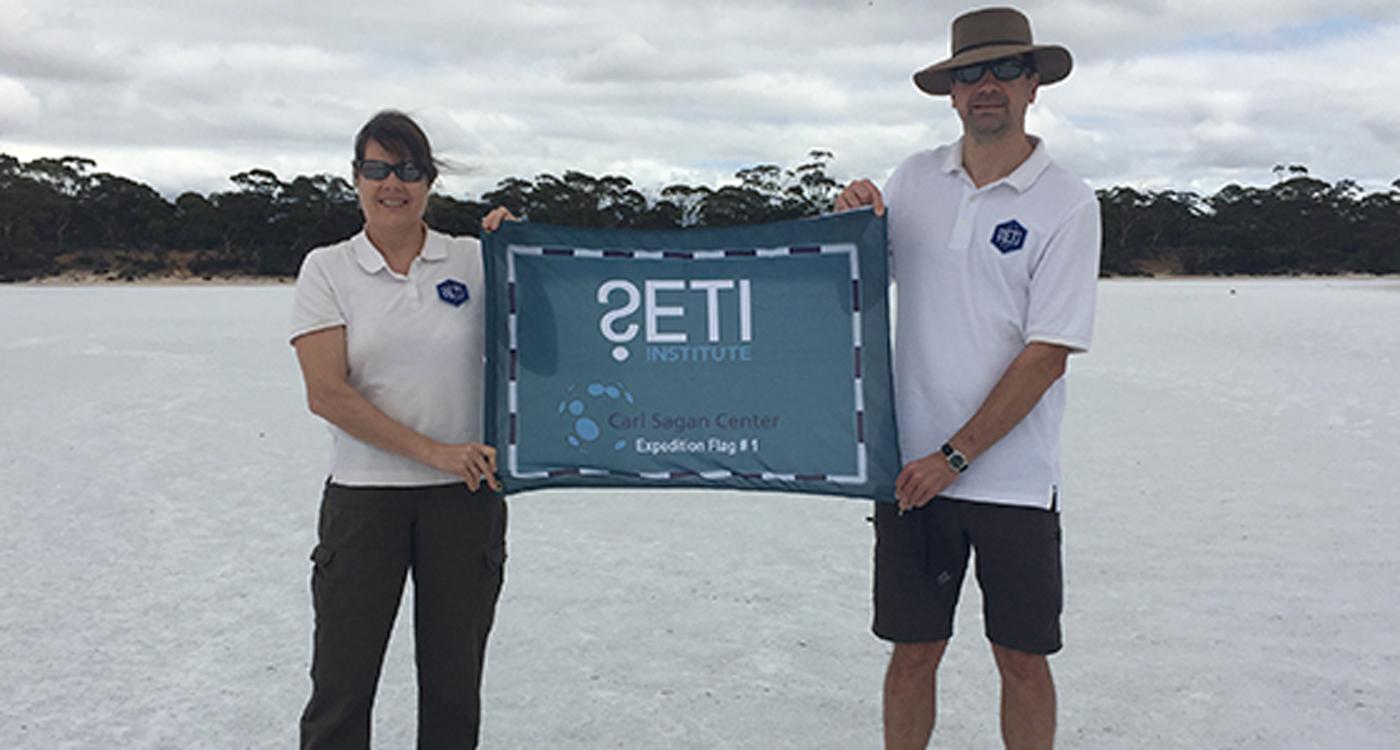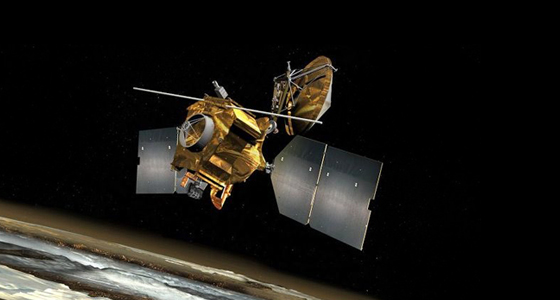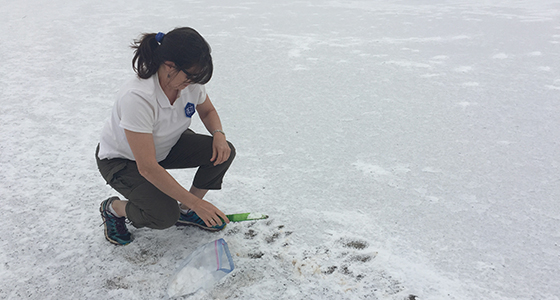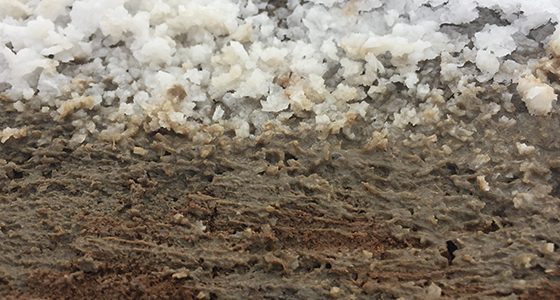A unique chemical signature found on Mars may be similar to deposits here on Earth.

Mawrth Vallis (Mawrth means Mars in Welsh) is a valley on the planet Mars, with a deep channel formed by water in Mars’ ancient past. In 2016, SETI Institute chemist and planetary scientist Janice Bishop made an interesting discovery about the composition of rock layers that form the valley using data collected by the Compact Reconnaissance Imaging Spectrometer for Mars (CRISM).
CRISM is an instrument on the Mars Reconnaissance Orbiter (MRO) which was launched in 2005 and remains in orbit around Mars searching for evidence of past water. From an altitude of 186 miles above the surface of Mars, CRISM collects visible and infrared signatures of certain minerals, including those that hold traces of past water. Using this orbital spectral data from CRISM, Janice identified a unique material sandwiched between two clay-bearing strata. This new phase appears to be mixtures of sulfates and acid-altered clays. One of the puzzling parts of this investigation is that two kinds of sulfates have been identified here: an acidic Fe-sulfate called jarosite and a neutral Ca-sulfate called gypsum. These two sulfates are not normally found together because of their different pH requirements.

Mars Reconnaissance Orbiter credit: NASA
Here on Earth, other scientists have found combinations of jarosite, gypsum, as well as halite and clays in the highly saline ponds found in the desert of Western Australia. Apparently, the high salt (S, Cl) level enables formation of these sulfates in this kind of environment. Janice and SETI Institute colleague Lukas Gruendler recently visited these salt ponds in the Archean Yilgarn Craton region of Western Australia looking for mixtures of clays and sulfates similar to those Janice discovered in some of the clay-rich regions of Mars.
Janice and Lukas decided to study samples from three of these sites in order to characterize the mineralogy of the surface crust and the material down a few centimeters in the hopes of learning about environments that could help us understand this puzzling salty outcrop on Mars.
Sample analysis will continue in Janice’s mineral lab here at the SETI Institute and will help learn more about both Earth and Mars.

Janice collecting samples at a salt pond






